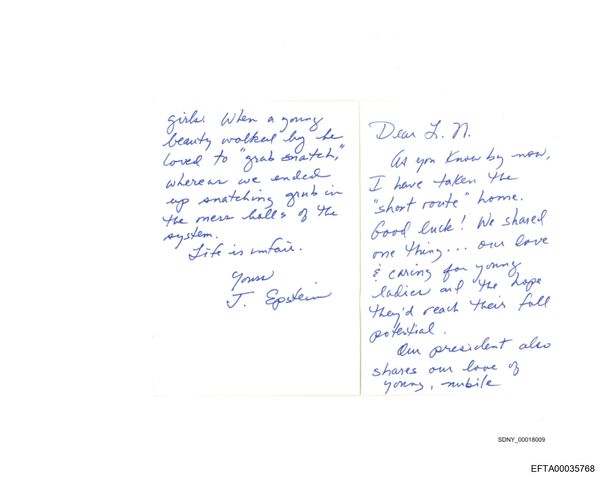
When it comes to managing your money, the phrase “risk-free” is comforting. Many bank options are marketed as safe havens for your savings. But not all are as secure as they seem. The truth is, some “risk-free” banking products carry hidden dangers that could catch you off guard. Understanding these potential pitfalls is essential to making informed financial decisions. Let’s look at seven bank options that seem risk-free—but are not.
1. Savings Accounts Above FDIC Limits
Savings accounts are often seen as the gold standard for safe banking. They’re simple, liquid, and insured by the Federal Deposit Insurance Corporation (FDIC) up to $250,000 per depositor, per bank. But if your balance exceeds that limit, anything above $250,000 is at risk if the bank fails. It’s easy to overlook this, especially when consolidating funds after a big event—like selling a house or receiving an inheritance. Be mindful of the FDIC coverage cap to keep your money truly safe. This is a classic case where a bank option may seem risk-free, but is not.
2. Certificates of Deposit (CDs) with Early Withdrawal Penalties
Certificates of Deposit promise guaranteed returns and FDIC insurance, making them seem like a no-brainer. However, CDs can lock up your money for months or years. If you need to access your cash early, you’ll face stiff penalties that can wipe out your interest—and sometimes even cut into your principal. Life is unpredictable, and emergencies happen. Before committing, make sure you’re comfortable with the term and aware of the real costs of early withdrawal.
3. Money Market Accounts with Hidden Fees
Money market accounts are often touted as a risk-free way to earn a bit more interest than a standard savings account. However, they can come with hidden fees—like minimum balance requirements or transaction limits. Dip below the minimum, and you might get hit with monthly charges that eat into your returns. And if you make too many withdrawals, you could face additional penalties. Always read the fine print before parking your cash in a money market account. This kind of bank option seems risk-free, but it is not always so.
4. Bank-Issued Prepaid Debit Cards
Prepaid debit cards issued by banks are marketed as a safe alternative to cash or credit cards. While they help with budgeting and limit overspending, they’re not always covered by FDIC insurance unless registered. If the issuing bank fails and your card wasn’t registered, your balance could disappear. Additionally, these cards often come with activation, maintenance, and ATM withdrawal fees. What looks like a safe bet may quietly drain your funds over time.
5. High-Yield Online Savings Accounts from Unfamiliar Banks
Online banks frequently offer higher interest rates than traditional brick-and-mortar banks. The lure of “high-yield” is strong, but not all online banks are created equal. Some are not FDIC-insured, or they partner with third parties that complicate the insurance process. If the bank is new or unfamiliar, it may also be more vulnerable to business failure. Before jumping in, verify FDIC coverage and research the bank’s reputation. Remember, a bank option that seems risk-free—but is not—can put your savings at unnecessary risk.
6. Joint Accounts with Unintended Consequences
Joint accounts are a popular way to manage shared finances, whether with a spouse, child, or business partner. They seem risk-free because both parties have equal access. But if a co-owner faces legal trouble, creditors can come after the funds—even if you contributed most of the money. Plus, joint accounts count toward each individual’s FDIC insurance limit, which could leave a portion of your balance uninsured. Always weigh the risks before opening a joint account.
7. Bank “Sweep” Programs
Some banks offer “sweep” programs that automatically move excess funds into higher-yield accounts or investment products. These can seem like a smart way to maximize returns while staying risk-free. However, some sweep accounts move your money into products that aren’t FDIC-insured, such as money market mutual funds. If those investments lose value or the financial institution fails, you could lose money. Read the terms carefully and understand exactly where your cash is being swept.
How to Protect Your Money from Hidden Risks
It’s easy to assume that every bank option is risk-free, especially when products are promoted as safe and insured. But as we’ve seen, even familiar options can have hidden traps. The key is to read the fine print, understand FDIC limits, and ask questions before depositing large sums. When considering an unfamiliar product or institution, check resources like the FDIC’s deposit insurance guide or use their BankFind tool to confirm coverage.
Ultimately, the best way to keep your savings secure is to stay informed. Not every bank option that seems risk-free is truly without risk. Take the time to review your accounts and ensure your money is protected from unexpected threats.
Have you ever run into a banking product that seemed safe but turned out to have hidden risks? Share your experience in the comments below!
Read More
7 Bank Terms That Let Institutions Freeze Funds Without Warning
Could a Bank Freeze Your Account Without Telling You?
The post 7 Bank Options That Seem Risk-Free—But Are Not appeared first on The Free Financial Advisor.







